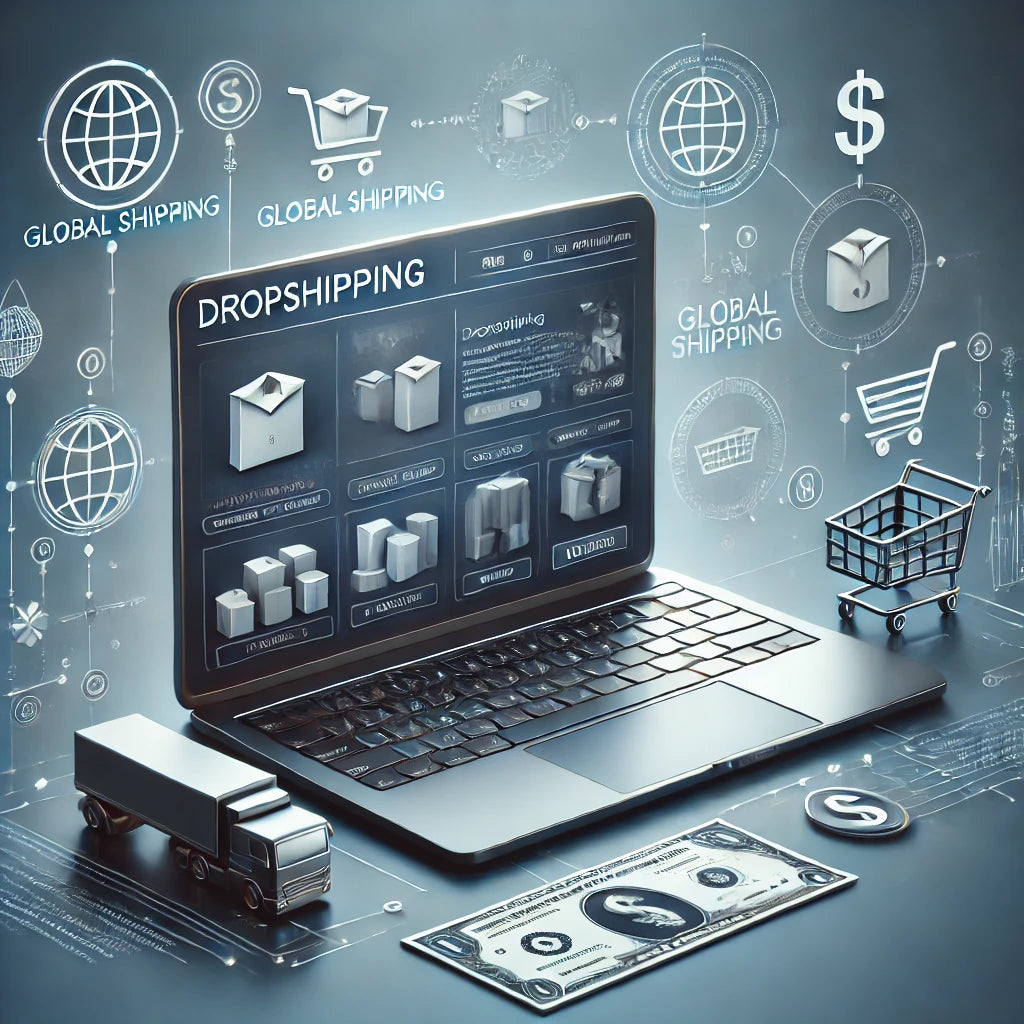
How to Start Dropshipping: Step-by-Step Guide for Beginners
Are you interested in starting your own e-commerce business but don't want the hassle of managing inventory or shipping? Dropshipping could be the perfect solution. This business model allows you to sell products online without holding stock, making it a low-risk and cost-effective way to break into e-commerce. In this post, we'll walk you through how to start dropshipping, from choosing a niche to marketing your store.
1. What is Dropshipping and How Does it Work?
- Explain the dropshipping model: No need to stock products; you partner with suppliers who handle storage and shipping.
- Benefits of dropshipping: Low startup costs, flexibility, and scalability.
- Common misconceptions about dropshipping.
2. Step-by-Step Guide to Starting a Dropshipping Business
Step 1: Choose Your Niche
- Importance of choosing a profitable niche.
- Tips on researching niche markets: Use Google Trends, competitor research, and keyword analysis.
- Focus on niche products with low competition but high demand.
Step 2: Conduct Market Research
- Find competitors in your niche: Look at their product range, pricing, and marketing strategies.
- Analyze your target audience: Who are they? What are their needs and preferences?
Step 3: Find Reliable Suppliers
- Where to find dropshipping suppliers: AliExpress, Oberlo, SaleHoo, or private suppliers.
- How to vet suppliers: Look for reliable shipping, product quality, and customer service.
- Consider using a supplier directory or dropshipping app.
Step 4: Build Your Online Store
- Choose a platform: Shopify, WooCommerce, BigCommerce.
- Importance of choosing a mobile-friendly, easy-to-navigate theme.
- Adding essential pages to your store: About, Contact, Shipping, Returns, and FAQs.
Step 5: Add Products to Your Store
- Write persuasive product descriptions: Focus on benefits and features.
- Optimize product listings with high-quality images and SEO-friendly keywords.
- Set competitive pricing.
Step 6: Set Up Payment Processing
- Choose payment gateways: PayPal, Stripe, etc.
- Ensure your payment system is secure and easy for customers to use.
Step 7: Create a Marketing Strategy
- Importance of marketing in dropshipping: Use social media, email marketing, and SEO.
- Running paid ads: Facebook, Instagram, Google Ads for targeted traffic.
- Building an email list to nurture potential customers and encourage repeat sales.
Step 8: Launch Your Store
- Test everything before launching: From website performance to the checkout process.
- Soft launch strategy: Start with a limited number of products and marketing campaigns to gather initial data.
3. Managing Your Dropshipping Business Post-Launch
- How to handle customer service: Communication tips, handling returns, and dealing with complaints.
- Tracking key metrics: Sales, conversion rates, and customer satisfaction.
- Scaling your business: Adding new products, expanding marketing efforts, and optimizing store performance.
4. Common Challenges in Dropshipping and How to Overcome Them
- Delays in shipping: How to communicate with customers and manage expectations.
- Low profit margins: The importance of upselling, cross-selling, and increasing order value.
- Handling returns and refunds: Streamlining the process with your supplier.
Conclusion: Starting a dropshipping business is an excellent way to enter the e-commerce world with minimal risk. By following these steps—choosing a niche, finding suppliers, building your store, and marketing it effectively—you can create a sustainable and profitable online business. The key to success in dropshipping is persistence, learning from your market, and continuously improving your processes.
